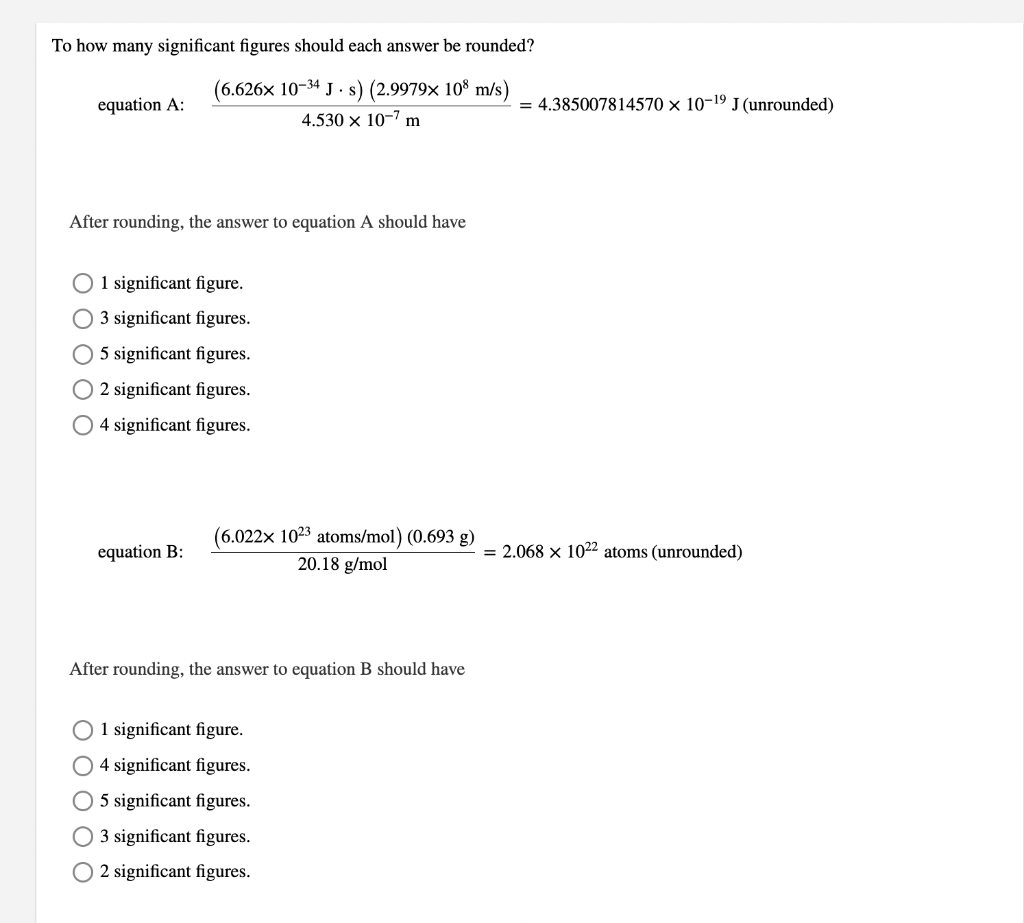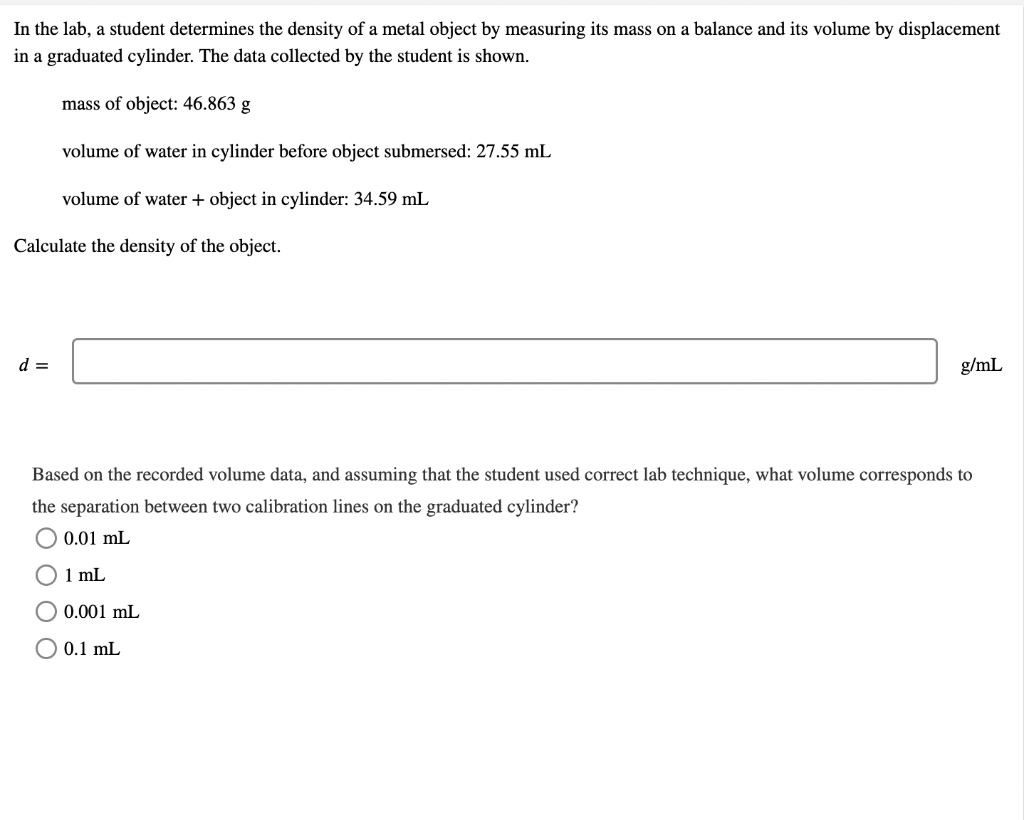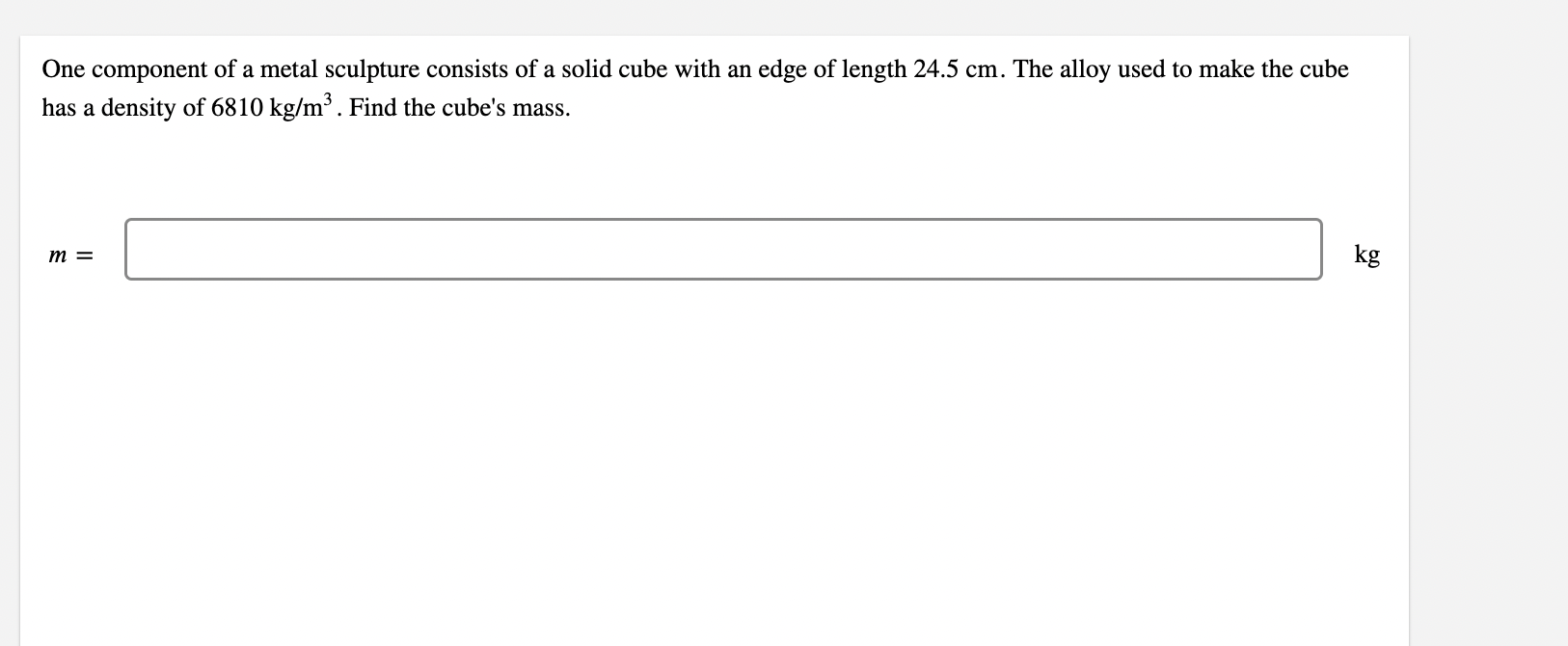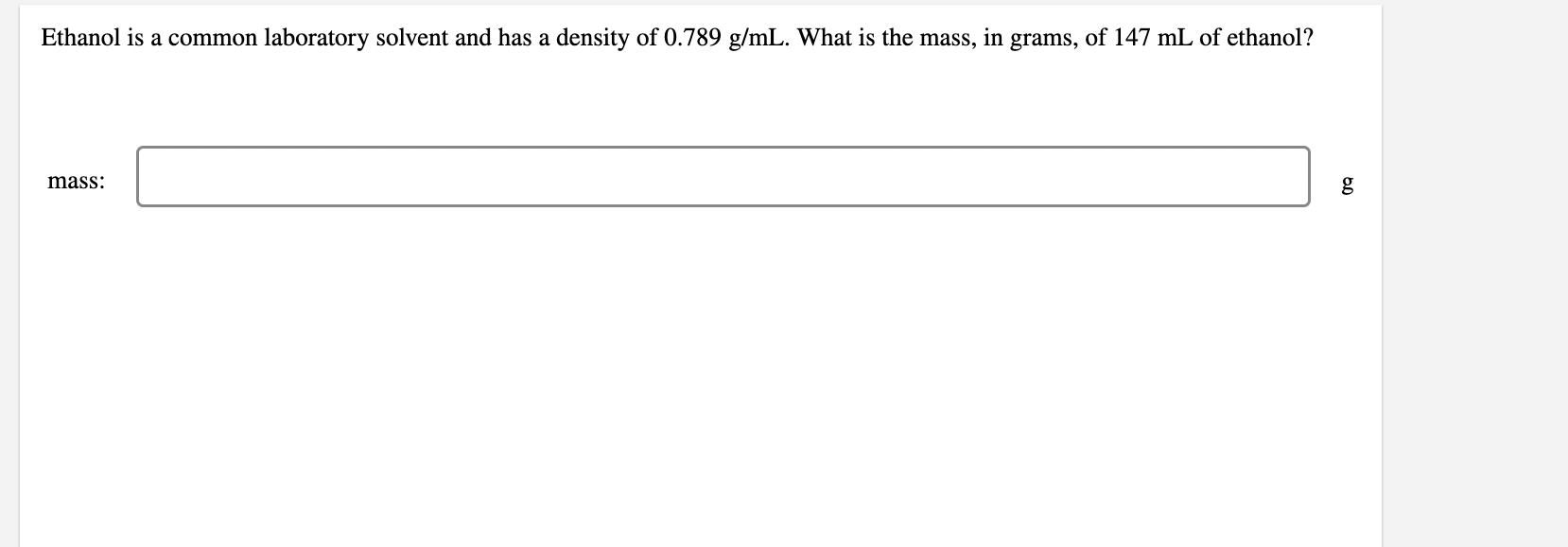Home /
Expert Answers /
Chemistry /
to-how-many-significant-figures-should-each-answer-be-rounded-equation-a-frac-left-6-626-t-pa737
(Solved): To how many significant figures should each answer be rounded? equation A: \( \frac{\left(6.626 \t ...
To how many significant figures should each answer be rounded? equation A: \( \frac{\left(6.626 \times 10^{-34} \mathrm{~J} \cdot \mathrm{s}\right)\left(2.9979 \times 10^{8} \mathrm{~m} / \mathrm{s}\right)}{4.530 \times 10^{-7} \mathrm{~m}}=4.385007814570 \times 10^{-19} \mathrm{~J} \) (unrounded) After rounding, the answer to equation A should have 1 significant figure. 3 significant figures. 5 significant figures. 2 significant figures. 4 significant figures. equation \( \mathrm{B}: \quad \frac{\left(6.022 \times 10^{23} \text { atoms } / \mathrm{mol}\right)(0.693 \mathrm{~g})}{20.18 \mathrm{~g} / \mathrm{mol}}=2.068 \times 10^{22} \) atoms (unrounded) After rounding, the answer to equation B should have 1 significant figure. 4 significant figures. 5 significant figures. 3 significant figures. 2 significant figures.
In the lab, a student determines the density of a metal object by measuring its mass on a balance and its volume by displacement in a graduated cylinder. The data collected by the student is shown. mass of object: \( 46.863 \mathrm{~g} \) volume of water in cylinder before object submersed: \( 27.55 \mathrm{~mL} \) volume of water \( + \) object in cylinder: \( 34.59 \mathrm{~mL} \) Calculate the density of the object. \( d= \) \( \mathrm{g} / \mathrm{mL} \) Based on the recorded volume data, and assuming that the student used correct lab technique, what volume corresponds to the separation between two calibration lines on the graduated cylinder? \( 0.01 \mathrm{~mL} \) \( 1 \mathrm{~mL} \) \( 0.001 \mathrm{~mL} \) \( 0.1 \mathrm{~mL} \)
One component of a metal sculpture consists of a solid cube with an edge of length \( 24.5 \mathrm{~cm} \). The alloy used to make the cube has a density of \( 6810 \mathrm{~kg} / \mathrm{m}^{3} \). Find the cube's mass. \[ m= \]
Acetone is a common solvent that has a density of \( 0.7899 \mathrm{~g} / \mathrm{mL} \). What volume of acetone, in milliliters, has a mass of \( 40.4 \mathrm{~g} \) ?
Ethanol is a common laboratory solvent and has a density of \( 0.789 \mathrm{~g} / \mathrm{mL} \). What is the mass, in grams, of \( 147 \mathrm{~mL} \) of ethanol? mass:
Expert Answer
Solution:- As per the Chegg guideline




